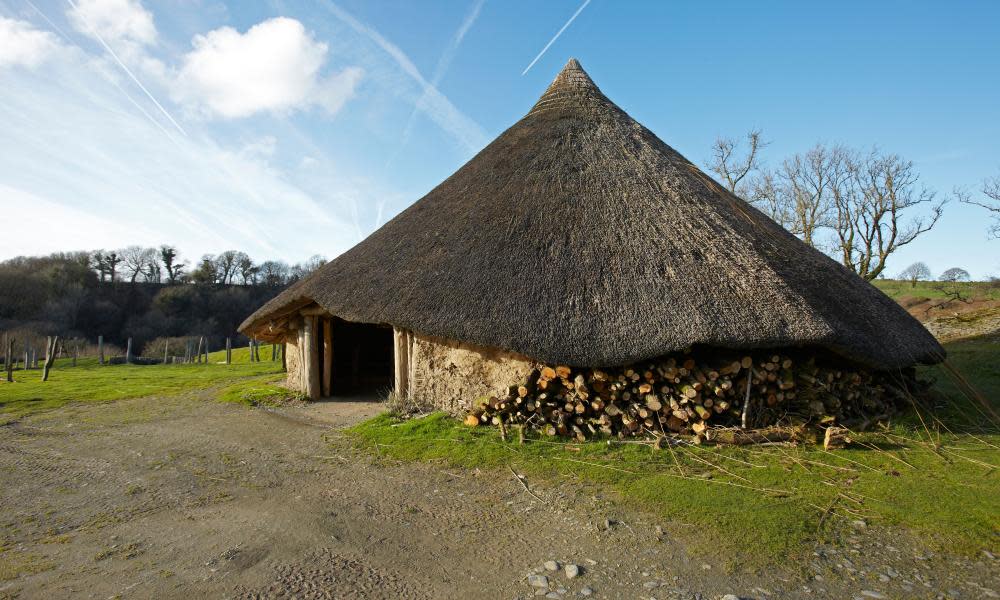Iron age people were emotionally attached to objects, research shows

From outgrown baby clothes to hideous mugs once used by a parent, there are certain items it is curiously hard to part with. Now research suggests difficulty of what to do with such objects could date back at least 2,000 years.
Writing in the journal Antiquity, Dr Lindsey Büster, an archaeologist at the University of York, argues that bone spoons and gaming pieces found between the walls of an iron age roundhouse at the Scottish hillfort settlement of Broxmouth, as well as worn-out grinding stones in its floors, could be a centuries-old example of the same conundrum.
The locations of the items, said Büster, were clearly not an accident, while their low value meant they were not put away because of their worth. Instead she said they could have been what she has labelled “problematic stuff” – items that cannot be jettisoned, even if no longer needed or liked, for emotional reasons.
“We have things like grave goods, which people understand as things to accompany the dead into afterlife, and we have hoards – really shiny objects deposited in certain places without bodies which people interpret as maybe gifts for the gods or hidden for safekeeping,” Büster said.
“But then there is this category of artefacts – these little caches of objects which aren’t necessarily accompanying the dead and they are not high material value or of exotic quality but they are clearly not just rubbish either. They have been very deliberately deposited.”
Büster noted that burial rites in the iron age meant there was rarely a grave in which to put problematic stuff. “That is why I think it is being incorporated into roundhouses in different ways,” she said.
She said the realisation had come to her after talking to people about death, grief and bereavement in modern society, and hearing how quickly mundane objects could become hard to part with.
“Suddenly the jigsaw started coming together,” she said.
Büster suggested that in societies where graves were more common problematic stuff may well have been retained by living relatives, but some may have been buried with the dead, offering a new perspective on certain grave goods. One possible example is toiletry items such as nail cleaners that have been found in prehistoric graves but have also turned up in the walls of an iron age house in the Scottish Borders.
Büster added that the idea of problematic stuff is relevant today and creates a link to the people of the past.
“Everybody has that box of stuff in the attic – or in the cupboard or under the bed – that they don’t quite know what to do with but they are not ready to throw away. Maybe it belongs to a deceased relative. Maybe … it just belongs to our own social persona that doesn’t exist any more,” she said.
Indeed, Büster said a small sword in its wooden scabbard found in the grave of two adults at a Roman cemetery in Canterbury may have been a favourite childhood toy kept by the deceased.
Büster said the new perspective might also put our own struggles in context. “People have always had problems dealing with this sort of stuff,” she said, adding that the Swedish practice of death-cleaning was one way society had tried to tackle the conundrum.
Dr Sarah Tarlow, a professor of archaeology at the University of Leicester, who was not involved with the work, said the research highlighted how objects were not just important for their practical or symbolic function but also for their idiosyncratic and personal meanings, which were often about memory and emotion.
“It is a nice way of looking at later prehistory which is not about power and status and it is not about religion and cultural identity. It is about the emotional bonds between people, which is lovely,” she said of the study. “I think that helps us to imagine iron age people as three-dimensional, feeling people who had complicated relationships to each other … just in the same way we do.”

 Yahoo Movies
Yahoo Movies 
